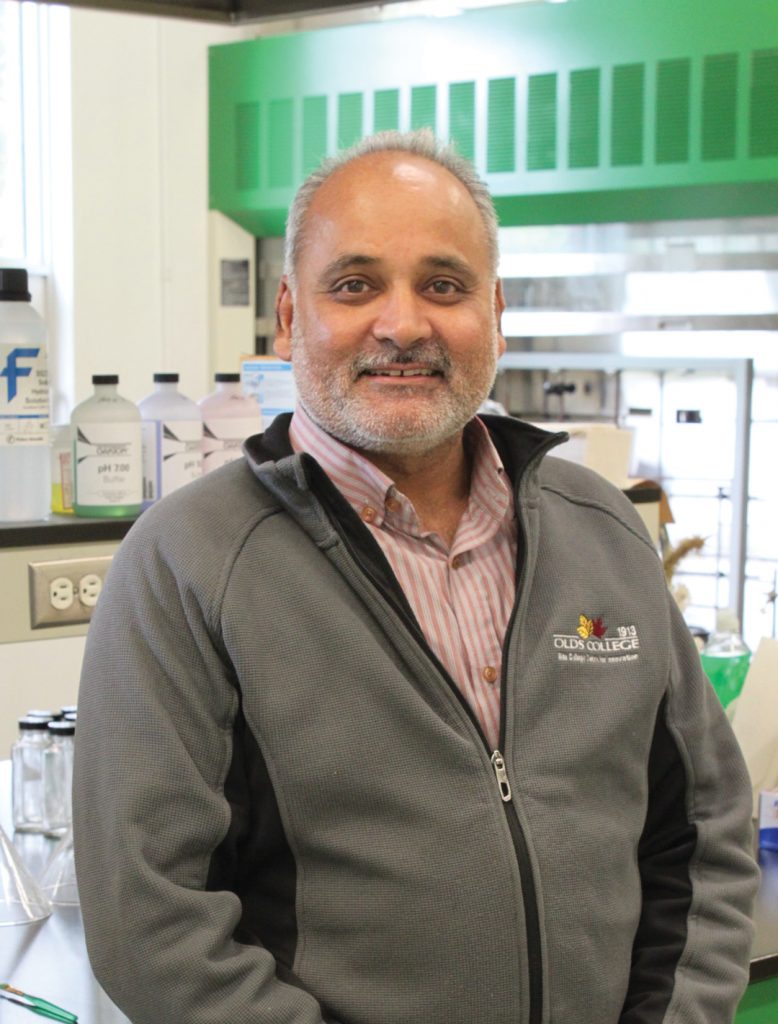DYNAMIC DUO
To protect the midge tolerance gene and ensure it continues to do its job, tolerant wheat must be sown as a varietal blend, 10 per cent of which is susceptible to midge. This limited sacrifice to the insect ensures it does not evolve countermeasures. Breeding these all-but-identical pairings is a tricky task, but they are needed now more than ever.













